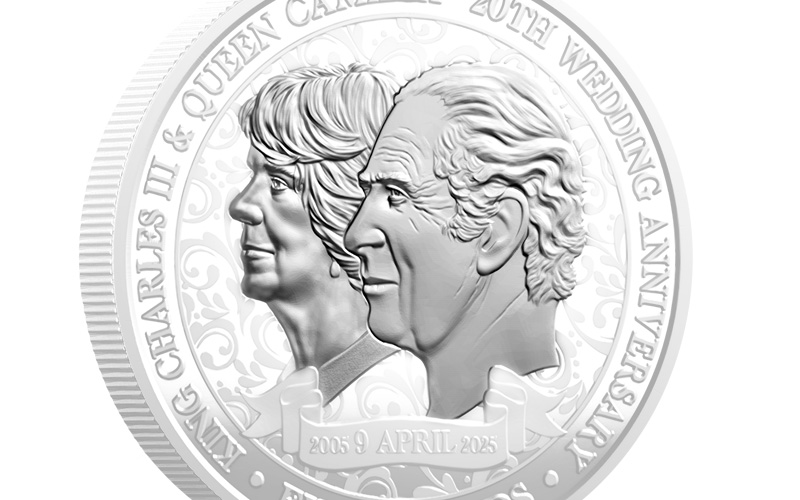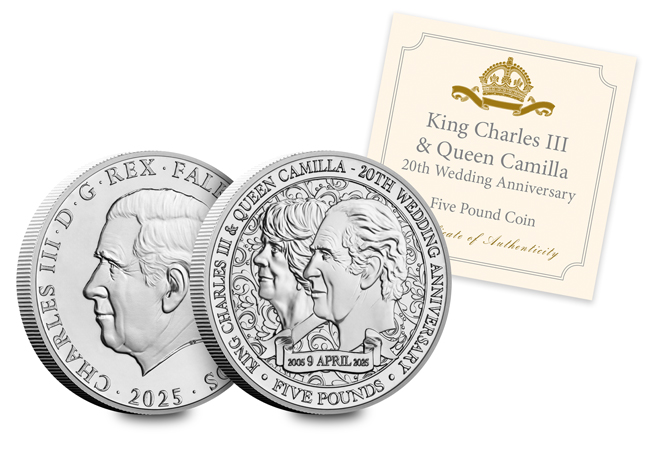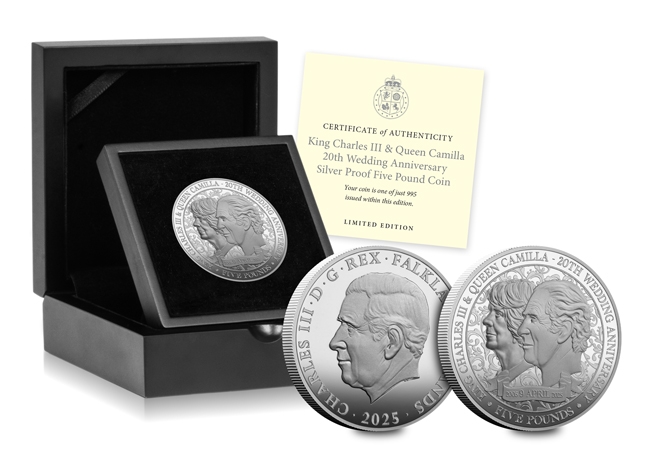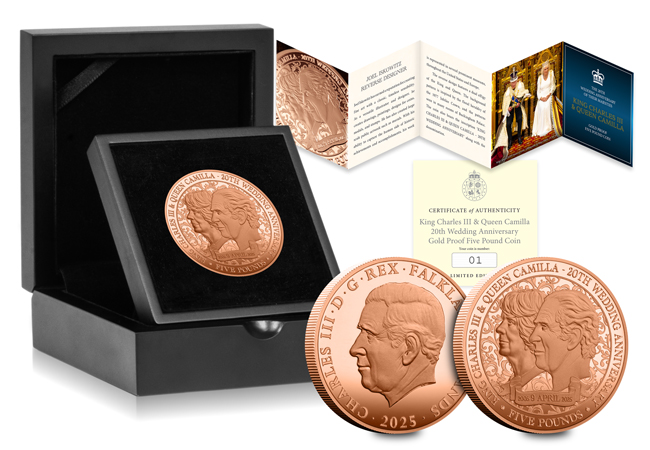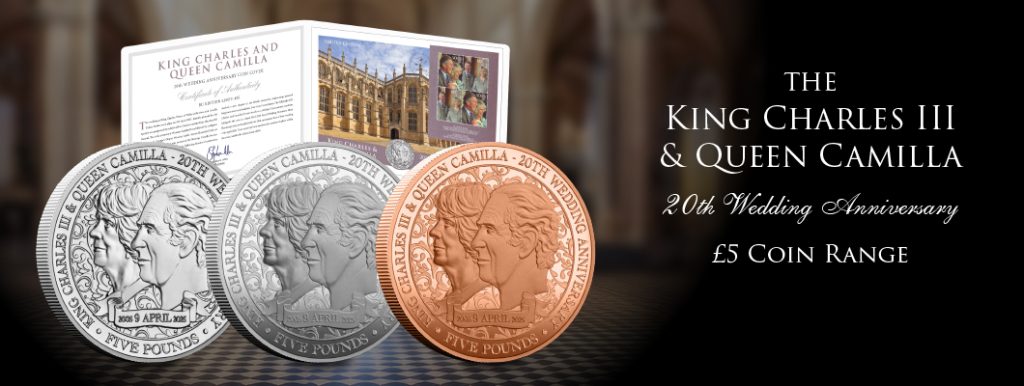Information
The £2 Coins Celebrating the UK’s Quirkiest Traditions
From hilltop chaos to apron-clad pancake dashes, Britain has a proud history of gloriously eccentric customs — and in 2025, they’re finally getting the celebration they deserve. This year, a brand-new series of £2 coins shines a light on five of the most delightfully bizarre and brilliantly British traditions. Whether you’re a seasoned collector or a newcomer with a love for all things offbeat, this limited-edition coin release is your perfect slice of homegrown heritage.
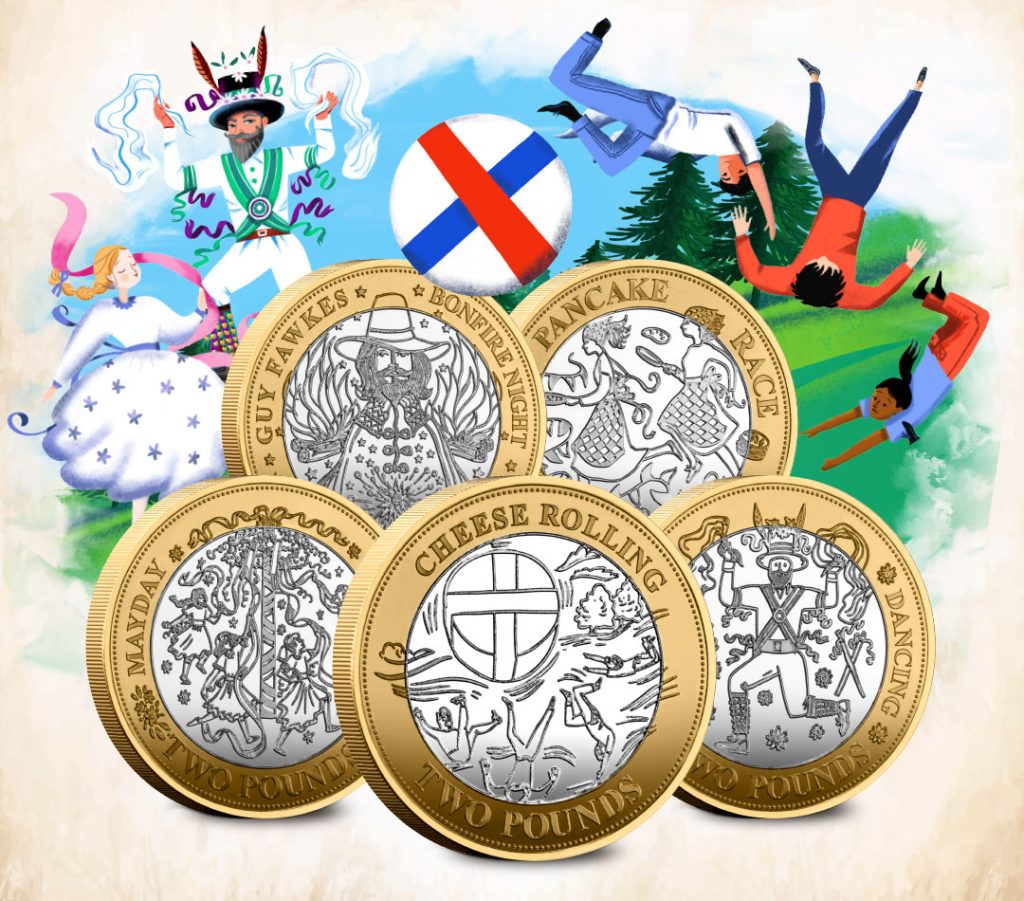
A Tribute to Britain’s Quirky Heart
It’s no secret that Britain loves a good tradition — the weirder, the better. And now, this latest coin release captures that spirit in Sterling Silver and Brilliant Uncirculated brilliance. Introducing the British Traditions £2 Coin Collection: five intricately designed coins that pay homage to the eccentric events that make our national calendar so colourfully unique.
So, what’s in the £2 set?
Whether you’re collecting the gleaming Sterling Silver Proof edition, or the crisply detailed Brilliant Uncirculated version, both sets feature the same five wonderfully weird events:
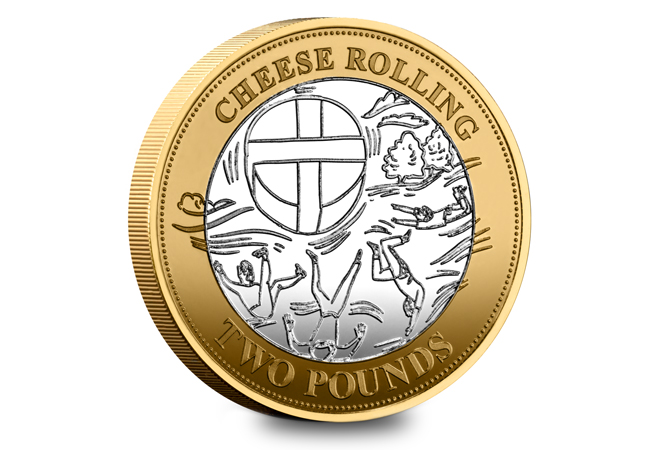
🧀 Cheese Rolling (Gloucestershire)
Every year, brave (or mad?) participants fling themselves down the steep slopes of Cooper’s Hill chasing a runaway wheel of Double Gloucester cheese. The result? Tumbling chaos, bruised egos, and a tradition that could only be British.
🎀 Maypole Dancing
A throwback to our medieval roots, Maypole Dancing sees children and adults alike weaving coloured ribbons to the rhythm of folk music — a celebration of spring, community, and timeless tradition.
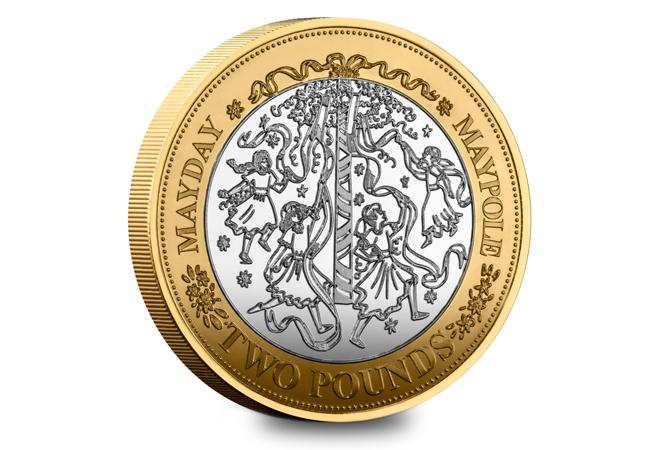
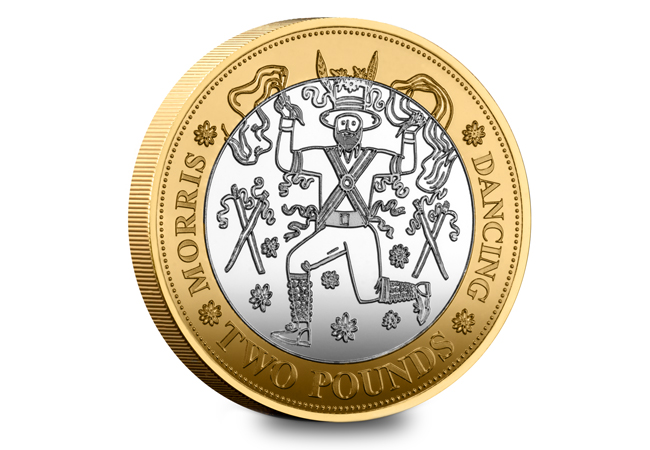
🔔 Morris Dancing
Jingling bells, clashing sticks, and vividly decorated costumes define this quintessential folk dance. Whether in village greens or market squares, Morris dancers embody the beating heart of traditional British celebration.
🍳 Pancake Racing (Olney)
Dating back to 1445, this tradition has apron-wearing competitors sprinting through the streets flipping pancakes mid-run. Why? Because Britain loves to turn the ordinary into the utterly extraordinary.
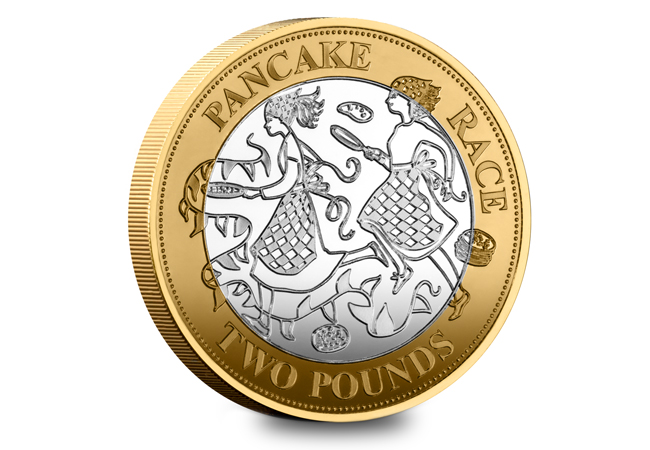
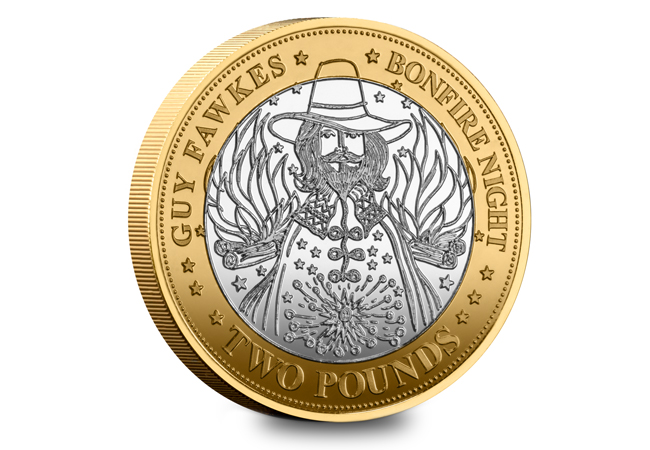
🎆 Bonfire Night
Guy Fawkes, fireworks, and fire-lit effigies: every 5th of November, Britain honours the failed Gunpowder Plot with a sparkling night of rebellion, remembrance, and roasted marshmallows.
Two Stunning Editions — But Only While Stocks Last
This unique collection comes in two finishes, both with their own appeal:
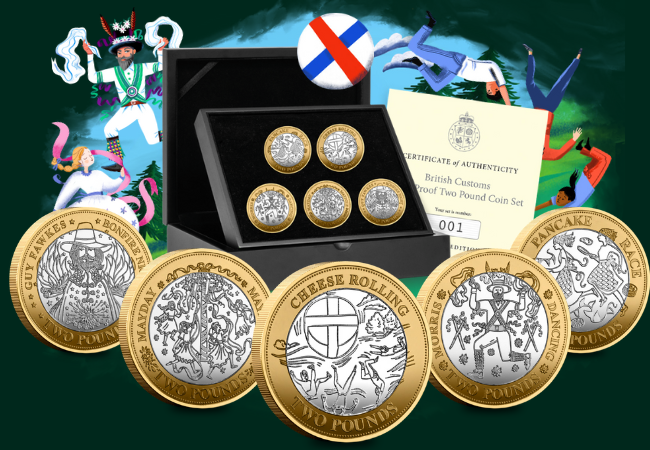
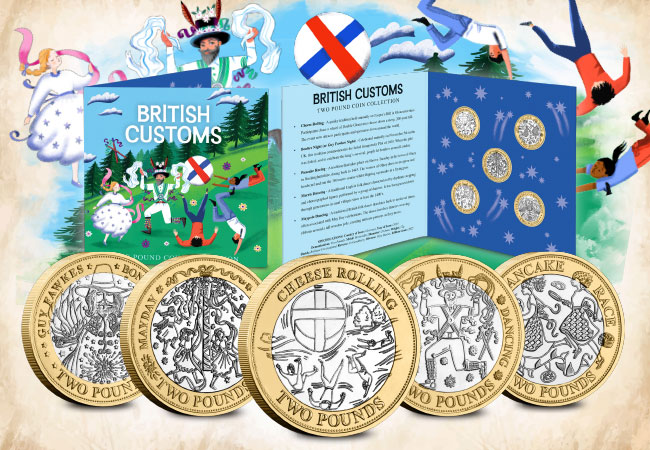
- 🥇 Sterling Silver Proof Set — Crafted in fine silver, each coin is selectively plated in 24-carat gold. With only 495 sets available worldwide, this is an elite, heirloom-quality tribute to Britain’s cultural curiosities.
- 🪙 Brilliant Uncirculated Set — Sharply struck with a pristine finish, this edition is limited to just 2,025 sets worldwide, offering a more accessible yet highly collectable way to enjoy these iconic designs.
Wonderfully Weird. Irresistibly British. Unmistakably Collectable.
At a time when British identity is being rediscovered and redefined, these coins offer a joyful reminder of what makes us unique. From folk festivals to fearless food-based sports, every coin in this set is a tiny masterpiece of nostalgia and national pride.
Whether you’re collecting for the artistry, the history, or simply for the love of the ludicrous, the Quirky British Traditions £2 Coin Collection is not to be missed.

Discover the full set and secure yours before they disappear faster than a pancake on Shrove Tuesday.
Celebrate the 20th Wedding Anniversary of King Charles III and Queen Camilla
On 9th April 2025, we celebrate a significant milestone in the history of the British Royal Family — the 20th Wedding Anniversary of King Charles III and Queen Camilla. Their enduring partnership, which began officially in 2005, has become a cornerstone of the modern monarchy. To honour this landmark occasion, a specially curated collection of commemorative coins and covers has been released, showcasing royal elegance and craftsmanship.

A Royal Wedding with a Twist of History… resulting in an error.
Originally scheduled for 8th April 2005, the royal wedding was unexpectedly postponed due to Prince Charles attending the funeral of Pope John Paul II. The ceremony ultimately took place on 9th April, but by then the Royal Mail had already issued a Miniature Stamp Sheet marked with the original wedding date. This rare philatelic detail is now a part of the anniversary collection — a historical quirk that adds both charm and collector’s value to the commemorative items.
The Design: Elegance and Tribute
At the heart of the collection is a beautiful coin design featuring a dual effigy of Their Majesties King Charles III and Queen Camilla. It is detailed with the original wedding date, the anniversary year, denomination, and the inscription “20th Wedding Anniversary.” This harmonious design captures both their regal stature and the sentiment of the occasion.
Explore the Collectibles
The Brilliant Uncirculated £5 Coin (Product Code: 921J) is a fantastic entry-level piece for collectors. Priced at £15.50 (plus £2.99 p&p), it comes presented in a sleek blue Westminster coin wallet and includes a Certificate of Authenticity.
For those seeking a more premium finish, the Silver Proof £5 Coin is available at £125.00 (plus £3.99 p&p) or via five monthly instalments of £25.00. The Westminster Collection has secured an allocation of 150 coins for UK collectors. Each coin has been struck from sterling silver to an immaculate Proof finish. It is housed in a small black presentation box, accompanied by a certificate of authenticity.
The Gold Proof £5 Coin stands at the pinnacle of this commemorative range. Only 10 coins are available for UK collectors, each struck from 22 Carat Gold to a Proof finish. Housed in a refined black presentation box, it includes a numbered certificate and an informative booklet.
Completing the collection is the 20th Anniversary BU £5 Cover, priced at £29.99 (plus £3.99 p&p). This highly collectible cover features the original Royal Mail Miniature ‘error’ Stamp Sheet dated 8th April 2005 and is officially postmarked by Royal Mail on the actual wedding anniversary — 9th April 2025. Errors like an incorrect anniversary date on a stamp are seldom seen, making this Cover a fascinating and truly special tribute to the royal occasion. Presented in a white card folder, it comes with a certificate of authenticity and is limited to just 495 editions, making it a unique philatelic tribute to this royal celebration.
Secure your piece of royal history today, available exclusively on our website. Whether you’re adding to a collection or gifting a moment of history, these anniversary tributes are a celebration of love, legacy, and the enduring British monarchy.
The £5 Coin Celebrating 350 Years of the Royal Observatory Greenwich
The Royal Observatory Greenwich is one of Britain’s greatest scientific landmarks. Established in 1675, it became the cornerstone for global navigation and timekeeping. And now, this remarkable legacy is captured in an equally remarkable £5 coin — a design that pays tribute to centuries of exploration, astronomy, and engineering.
Whether you’re a passionate numismatist or simply intrigued by the wonders of science, this coin is worth a closer look.
A Landmark in British Coin Design
At first glance, this isn’t just a commemorative piece — it’s a statement of precision. The design is deeply symbolic, dividing the surface into two distinct yet interconnected halves.
Running vertically through the centre is the Prime Meridian, the global reference point for time and space, originating at Greenwich. This bold line doesn’t just split the coin — it connects hemispheres and disciplines.
East: Gazing Upwards
On one side, the emphasis is celestial. The Great Equatorial Telescope dome of the Royal Observatory rises beneath a starry sky, where Ursa Minor and the North Star remind us of centuries of cosmic observation and navigation.
West: Mastering Time
Opposite, the design moves from stars to seconds. Intricate mechanisms represent Clock B, a pioneering free-swinging pendulum clock by Martin Burgess, renowned for its unmatched accuracy. It’s a tribute to human ingenuity — where measuring time became an art and a science.
Strictly Limited Editions
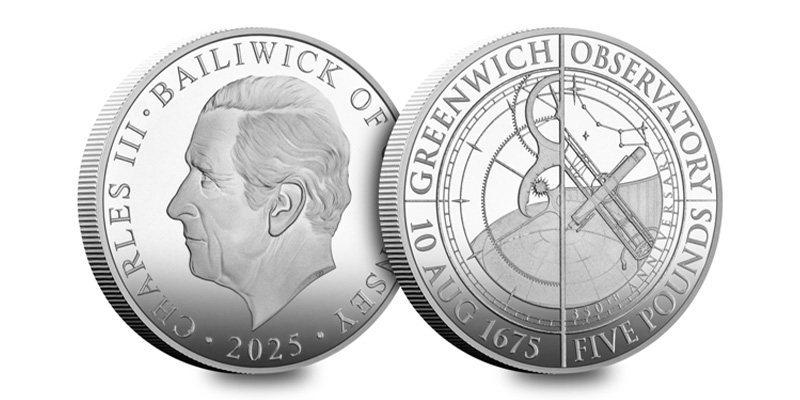
Each version of the coin has been officially approved by King Charles III, with limited edition quantities that are already generating excitement among collectors:
- Proof £5 Coin – Affordable and accessible, available now
- Silver Proof Edition – Extremely limited, under 1,000 worldwide
- Silver 5oz Specification – Just 350 minted, crafted in pure silver for collectors who appreciate the artistry in full scale
🌐 Explore the full range here: www.westminstercollection.com/observatory5
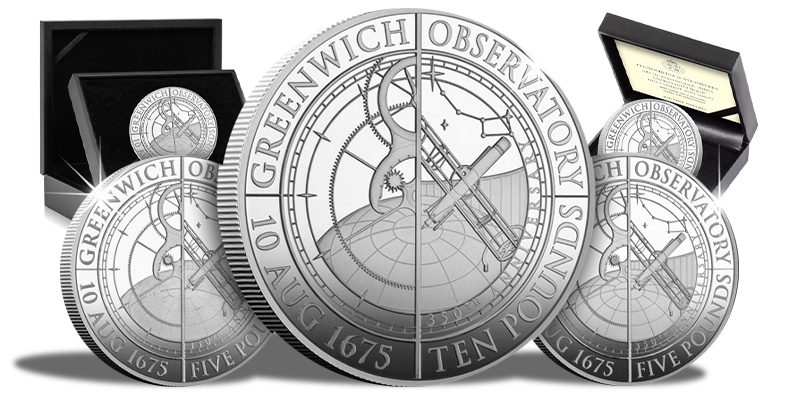
A Timeless Tribute
More than a coin, this is a celebration of where science changed the world. It honours not just the Royal Observatory, but the relentless pursuit of knowledge that placed Britain at the centre of global time and space.



